Background Check: Madewell vs. Everlane
If there are two companies that consistently compete for my money, it’s Madewell and Everlane. Often, they both win. What about their careers pages? In this background check, we’ll compare the two.
Before we investigate, let’s review the six things a career page should accomplish and compare Madewell’s and Everlane’s career pages against this list.
A good page should:
Establish the employer brand tone
Link the candidate-facing brand to the consumer-facing brand
Introduce prospective employees to potential colleagues
Provide basic information about company values and benefits
Show visitors open positions and makes it easy to apply
Balance color, text, images, icons, and video
Madewell
Madewell’s careers page is up first. Overall, it’s a very simple one.
Above the fold is a large banner with a very on-brand image. The people in the photo are the clothing models, all very breezy-cool. Madewell fans will recognize the faces and the branding here. There’s no mistaking where you are.
Below this are links to open positions in three job categories: HQ (these are corporate desk jobs), in-store jobs, and corporate internships for college students. This is followed by a long list of benefits and perks, like paid time off, financial wellness classes, and store discounts. At the bottom of the page is a link to a page about their DEI commitments.
All of this is fine. In fact, theirs ticks five of the six boxes for a good careers page.
What is conspicuously missing is the sense that Madewell is staffed by real people. The photos feel a little too glossy, like consumer-facing marketing materials (because they are). Applicants don’t get an idea of who they might work with if they join the Madewell team.
I want to know what employees think about working there. I want to know if I might belong too.
Seeing real employees is just one part of a successful careers page, but Madewell’s page is an excellent example of what an impact this makes. Your careers page can tick all the boxes a careers page should, but fall terribly flat if it lacks the human element.
Everlane
Everlane’s careers page is even simpler than Madewell’s. Above the fold is a photo of a very chic office space and an inspirational line about their staff, but . . . where are the people?
This photo is followed by a list of company beliefs. Things like “smart risks are worth taking” and “the ethical choice is the right one.” The rest of the page comprises another super-cool photo (of Everlane employees, presumably) and a long list of open positions.
This page accomplishes most of what it should, but like Madewell’s, there is little sense that real people work there, and if they do, are they happy?
It should also be noted that I was unable to find information about employee benefits, neither on the careers page, nor on the job descriptions.
And the winner is . . .
Neither! And I hate to say it.
Both pages are pretty bare-bones, and I can respect that, because it matches their consumer-facing brands. Both are counting on the fact that their brands are recognizable. Both get straight to the point. Both are very visually on-brand for each company.
But honestly, both feel very impersonal.
What a difference humans make. When I don’t see and hear from people, I wonder:
Does the company have confidence in its staff?
Do people stay long enough to make it to the careers page?
Do employees get a say in their experience? Do employees have a voice? I hear only the company speaking here.
Are there people who look like me at the company? Do we have similar backgrounds? Are there people unlike me that I can learn from? Could I belong there?
This problem is easily solved.
There’s no need to invest a lot of money in video or build out an entire page with employee testimonials. Just show me some real faces and give me a sense of how they feel about their jobs, how long they stay, and what they think about their colleagues.
A simple line, like, I’m always impressed by my teammates. We work well together and have watched each other grow over the years. I’m really proud to be here. Or, I joined in 2018 as a junior designer. I’m proud to now lead my own team and help other junior designers start their careers.
Show me that you have confidence in your employees and that they have confidence in you.
Emily McCrary-Ruiz-Esparza writes about workplace culture, DEI, and hiring. Her work has appeared in Fast Company, From Day One, and InHerSight, among others.
ABOUT UNCUBED STUDIOS
Launched in 2016, Uncubed Studios is a full-service creative agency with a client list representing the most influential employers on earth along with the high growth tech companies.
The team that brings the work of Uncubed Studios to life is made up of award-winning experts in cinematography, journalism, production, recruitment, employee engagement, employer branding and more.
Interested in speaking with Uncubed Studios? Email us at studios@uncubed.com




